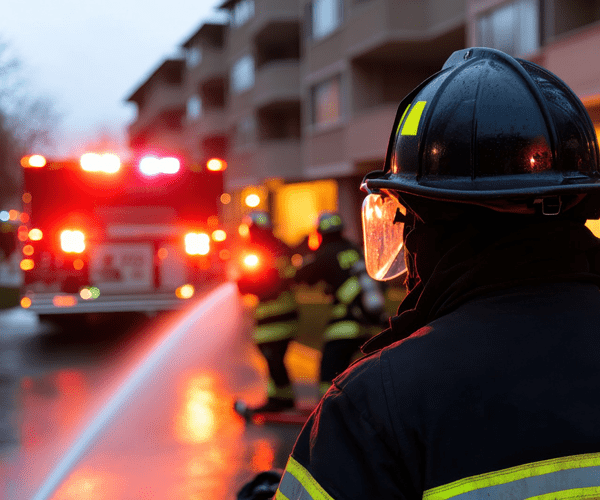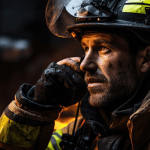Public Safety BDA Systems (Emergency Responder Radio Coverage Systems – ERRCS)
Public Safety BDA systems are required by law in most jurisdictions to ensure that first responders can maintain clear, uninterrupted radio communication throughout a building during an emergency. These systems are part of broader Emergency Responder Radio Coverage Systems (ERRCS) and are governed by codes like NFPA 72, IFC, and local Authority Having Jurisdiction (AHJ) mandates.
Types of Public Safety BDA Installations
1. New Construction Installations
For new commercial buildings, especially high-rises, underground structures, hospitals, and large campuses, public safety BDA systems are often required before a certificate of occupancy (CO) can be issued.
When required: During permit application or plan review, local fire or building departments may require RF testing once the structure is complete.
Process:
- Conduct RF coverage testing to verify if the building meets minimum signal strength thresholds (typically -95 dBm or better).
- If coverage is inadequate in 95%+ of the building, a BDA system must be designed, permitted, and installed.
- Final system inspection and acceptance testing must be completed before CO is granted.
2. Retrofit Installations
These are installations in existing buildings that may not have been subject to ERRCS requirements when originally constructed, but are now non-compliant due to updated code, recent inspections, or changes in building use.
Triggering events:
- Failed RF test by the fire marshal
- Change in occupancy type (e.g., warehouse to office)
- Fire alarm system upgrades or renovations
- Ownership changes triggering compliance review
Process: Similar to new installs — RF testing, design, permitting, installation, and AHJ acceptance.
3. Post-Renovation Installations
Major structural changes to a building (e.g., new walls, elevators, underground levels, or metal reinforcements) can negatively impact radio coverage, requiring re-evaluation of the existing system or installation of a new one.
Even if the building had adequate coverage before, post-construction RF testing may reveal new dead zones or interference.
AHJs may require retesting and system upgrades to restore compliance.
Key Components of a Public Safety BDA System
- Donor Antenna (typically rooftop) to receive signals from public safety radio towers
- Bi-Directional Amplifier (BDA) to amplify both uplink and downlink signals
- Distributed Antennas placed throughout the interior of the building
- Coaxial or fiber cabling for signal distribution
- Backup Power (usually 24-hour battery or UPS) – required for life safety systems
- NEMA 4 or higher-rated enclosures for all equipment
- Alarms and monitoring integration with the fire alarm control panel (per code)
- Compliance and Testing
- Annual system recertification and inspection are often required by local fire departments.
- Systems must be installed by certified professionals and tuned to avoid interference with existing emergency services.
- Grid testing (typically 20×20 or 40×40 ft grids) is used to ensure signal coverage throughout the building.
ENSURE CODE COMPLIANCE AND LIFE-SAVING COMMUNICATION — TRUST THE EXPERTS
When it comes to Public Safety DAS and Emergency Responder Radio Coverage, there’s no room for shortcuts. With over 25 years of proven experience, Allstate Power is your trusted partner for designing, installing, and certifying fully compliant, high-performance BDA systems.
We work directly with your team and local authorities to make sure your building is safe, up to code, and ready to pass inspection — the first time.
Call Allstate Power today at +1-855-606-9468 or request a free consultation to get started. Your building’s compliance and first responders’ safety depend on it.









